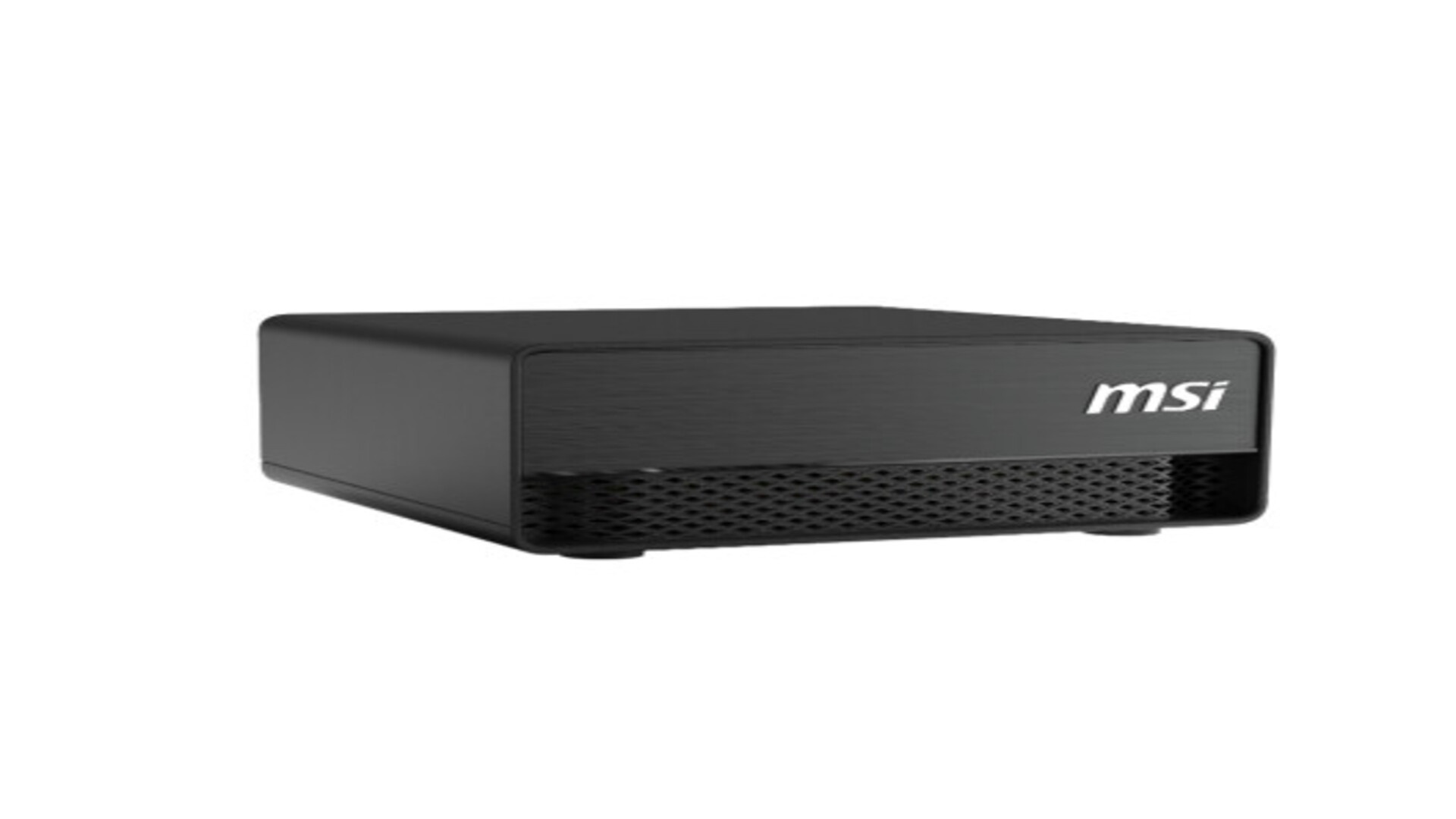After Asus and Dell, MSI is launching a Nvidia DGX Spark clone, but I am still skeptical about the whole 'desktop AI supercomputer' moniker
Could 1,000 TOPS replace real AI infrastructure?

- MSI EdgeXpert sounds impressive, but calling it a supercomputer might be stretching reality
- Desktop AI supercomputers are a trend, but their usefulness still lacks real-world validation
- MSI’s EdgeXpert could be ideal for developers needing local AI power without relying on the cloud
MSI is the latest entrant in the race to miniaturize AI infrastructure with its upcoming EdgeXpert MS-C931, a compact desktop system positioned as an AI supercomputer.
Following the launches of the Dell Pro Max with GB10 and the Asus Ascent GX10, MSI’s new machine is built on Nvidia’s DGX Spark platform and will be showcased at COMPUTEX 2025.
While the hardware sounds formidable, questions remain about whether this device truly lives up to the lofty label of a "desktop AI supercomputer", or if it’s simply a case of marketing overreach.
A powerful machine built on familiar ground
The EdgeXpert MS-C931 is powered by Nvidia’s GB10 Grace Blackwell Superchip, delivering up to 1,000 TOPS of AI performance (FP4), 128 GB of unified memory, and ConnectX-7 high-speed networking.
MSI says the system targets sectors like education, finance, and healthcare, where data privacy and low latency could justify on-premise hardware over cloud-based services.
Given its specs, the MS-C931 could rank among the most capable workstation PCs currently in development. Its high memory bandwidth and AI-focused compute also suggest it could be a top-tier PC for coding, especially for machine learning or large-scale simulation tasks.
However, the real value of this product depends less on its raw specs and more on how grounded MSI’s claims about its purpose truly are.
Sign up to the TechRadar Pro newsletter to get all the top news, opinion, features and guidance your business needs to succeed!
The phrase “desktop AI supercomputer” continues to be used liberally, and MSI’s adoption of it raises similar concerns to those previously leveled at Asus and Dell.
A supercomputer, by definition, implies massive parallel processing power, usually deployed across large-scale server racks. Shrinking that concept down to a single desktop machine, even with cutting-edge components, feels more like branding than technical accuracy.
MSI isn’t alone in this; Nvidia’s DGX Spark framework itself seems at least partially designed to enable this kind of positioning.
For all the talk of supporting top-tier AI tools and delivering enterprise-grade performance at the edge, there’s currently little evidence that these systems approach the breadth or scalability of true supercomputing infrastructure.
Even 1,000 TOPS, while impressive, must be understood in the context of what modern AI teams actually require to train or run LLMs.
While MSI may succeed in delivering a dense, high-performance system for localized inferencing and AI prototyping, the real-world utility of the MS-C931 is likely narrower than the “supercomputer” label implies.
Until these machines prove their value in practice, calling them desktop supercomputers feels more like aspirational branding than a reflection of what they truly deliver.
Via TechPowerUp
You might also like
- Take a look at our roundup of the best business VPNs available now
- These are the best cloud document storage solutions to choose from
- Meta says no evidence it monopolized social media market, asks Judge to throw out antitrust case

Efosa has been writing about technology for over 7 years, initially driven by curiosity but now fueled by a strong passion for the field. He holds both a Master's and a PhD in sciences, which provided him with a solid foundation in analytical thinking.
You must confirm your public display name before commenting
Please logout and then login again, you will then be prompted to enter your display name.